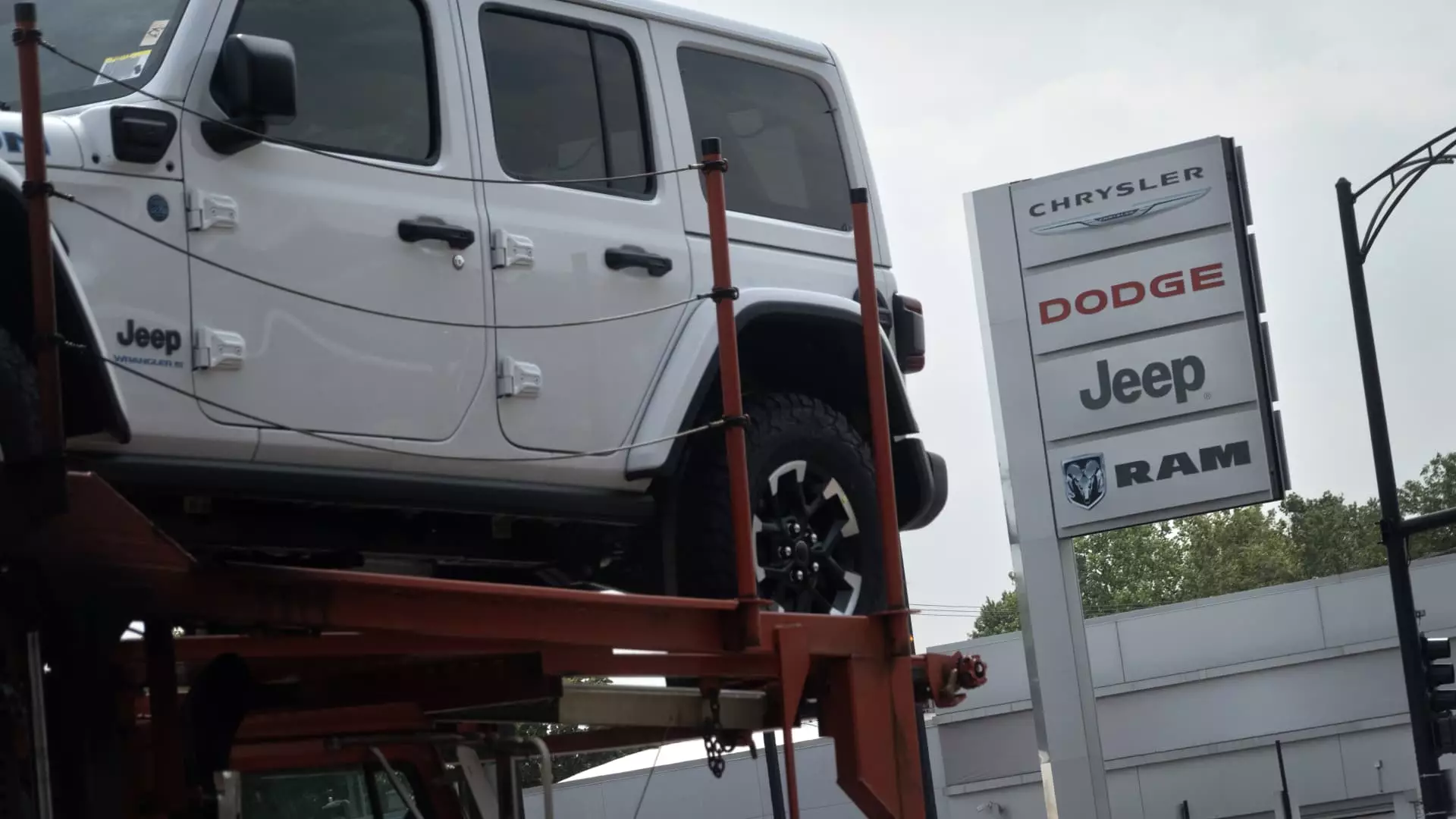U.S. auto sales are projected to increase by 2.9% in the first half of 2023 compared to the previous year. However, there are growing concerns within the industry that this momentum may not be sustainable through the remainder of the year. Factors such as increasing vehicle inventory levels, rising incentives, and uncertainties surrounding the economy, interest rates, and the upcoming U.S. presidential election have contributed to this apprehension.
According to Cox Automotive, a leading auto data and research firm, sales growth is expected to slow down in the next six months, with an anticipated total of 15.7 million units, representing a modest 1.3% increase from 2023. The growth in sales is primarily being driven by commercial sales rather than consumer sales, which has been the trend in recent years.
While the current circumstances may benefit consumers who have been waiting to purchase a new vehicle amidst increased supply and record prices, it poses a challenge for automakers. Many automakers had experienced record profits during the peak of the pandemic due to high demand and limited availability of new vehicles. However, Wall Street analysts have been predicting challenges in terms of vehicle pricing and profitability for automakers moving forward.
The uncertainties surrounding the market, especially in terms of pricing and profits, make it difficult for automakers to build upon their recent successes. Rental, commercial, and leasing sectors are showing signs of double-digit growth, while retail share is expected to decrease by approximately nine percentage points compared to 2021, settling at around 79%.
Cox Automotive identifies General Motors, Toyota Motor, and Honda Motor as the expected “winners” in terms of sales performance during the first half of the year. Toyota’s growth trajectory could potentially challenge GM for the top-selling automaker position in the U.S. once again. On the other hand, companies like Tesla and Stellantis are expected to underperform, with sales estimated to decrease by 14.3% and 16.5% respectively through June.
Stellantis, the parent company of Chrysler and Jeep, faced a decline in sales during the first half of the year, causing them to drop from the previously held No. 4 rank to No. 6. Stellantis CEO Carlos Tavares acknowledged mistakes made by the company that led to the decline in sales and inventory levels. He highlighted the need to address these issues and move towards a more sustainable business model.
Shifting Market Dynamics
The current increase in supply marks the end of the seller’s market that had been prevalent in the industry for the last four years. This shift is expected to result in further erosion of new vehicle grosses and dealer profitability, impacting the overall landscape of the automotive market moving forward.
The automotive industry is facing a period of transition and uncertainty as it navigates through changing market dynamics and consumer preferences. Automakers will need to adapt to these challenges and implement strategies to sustain growth in an increasingly competitive environment.

